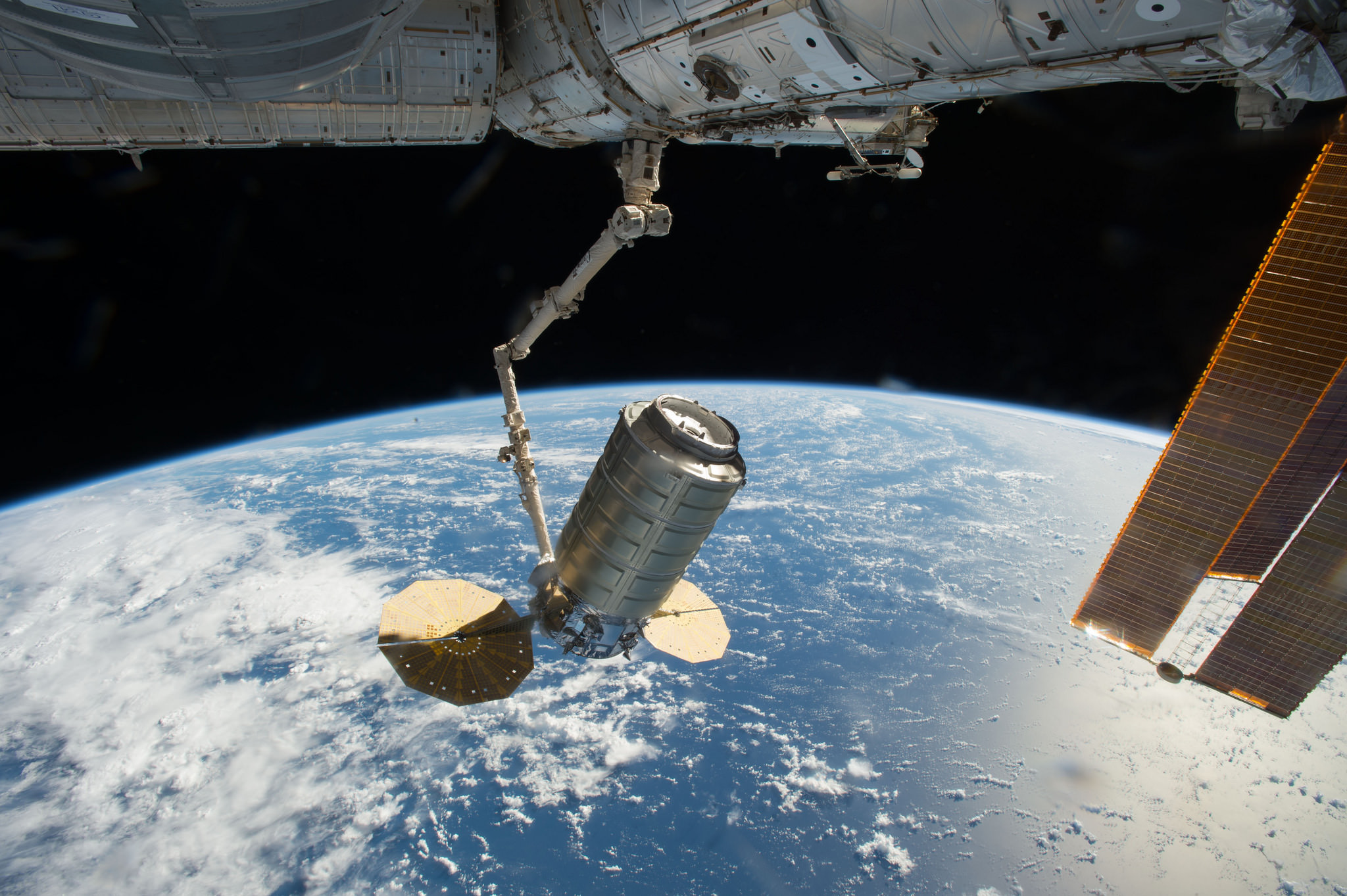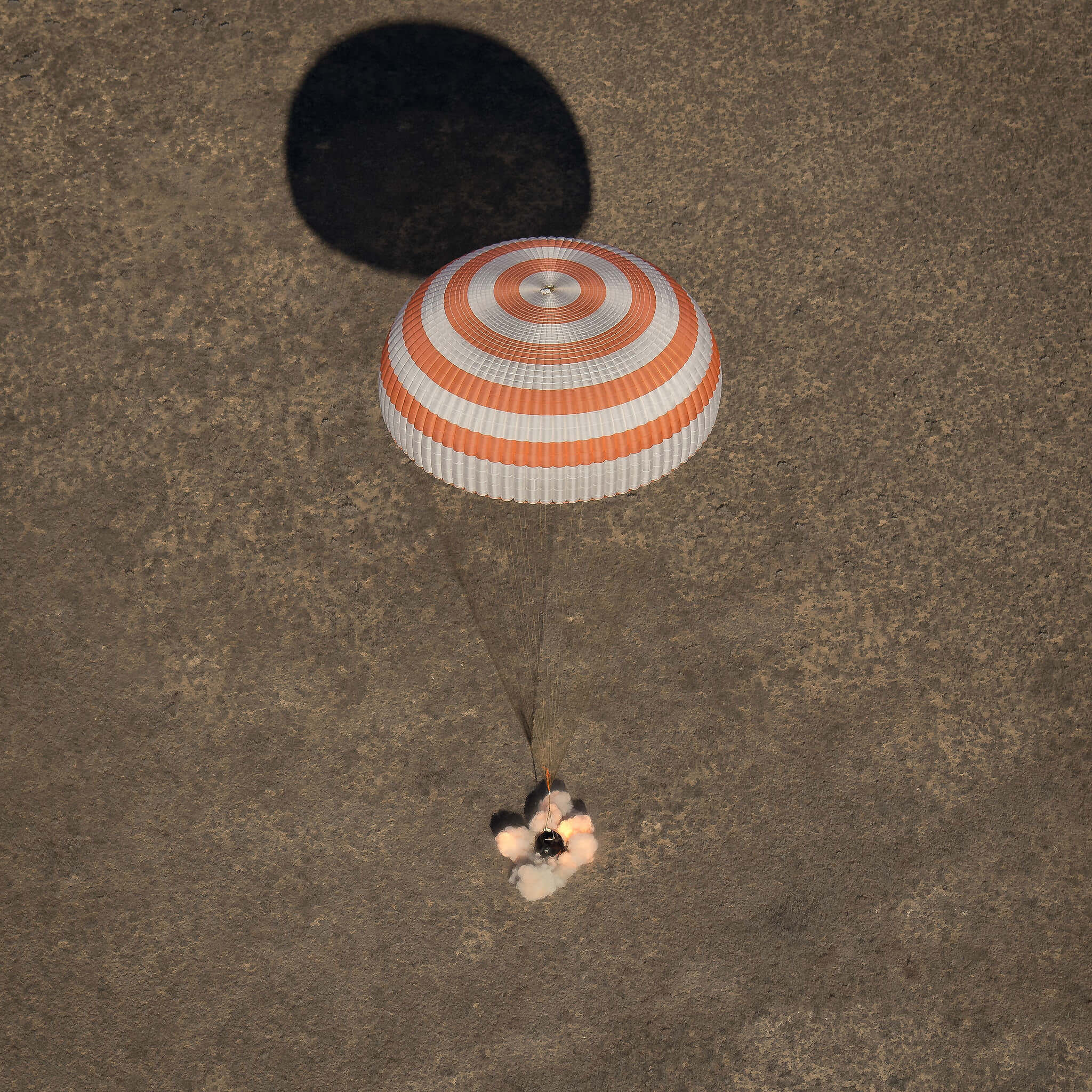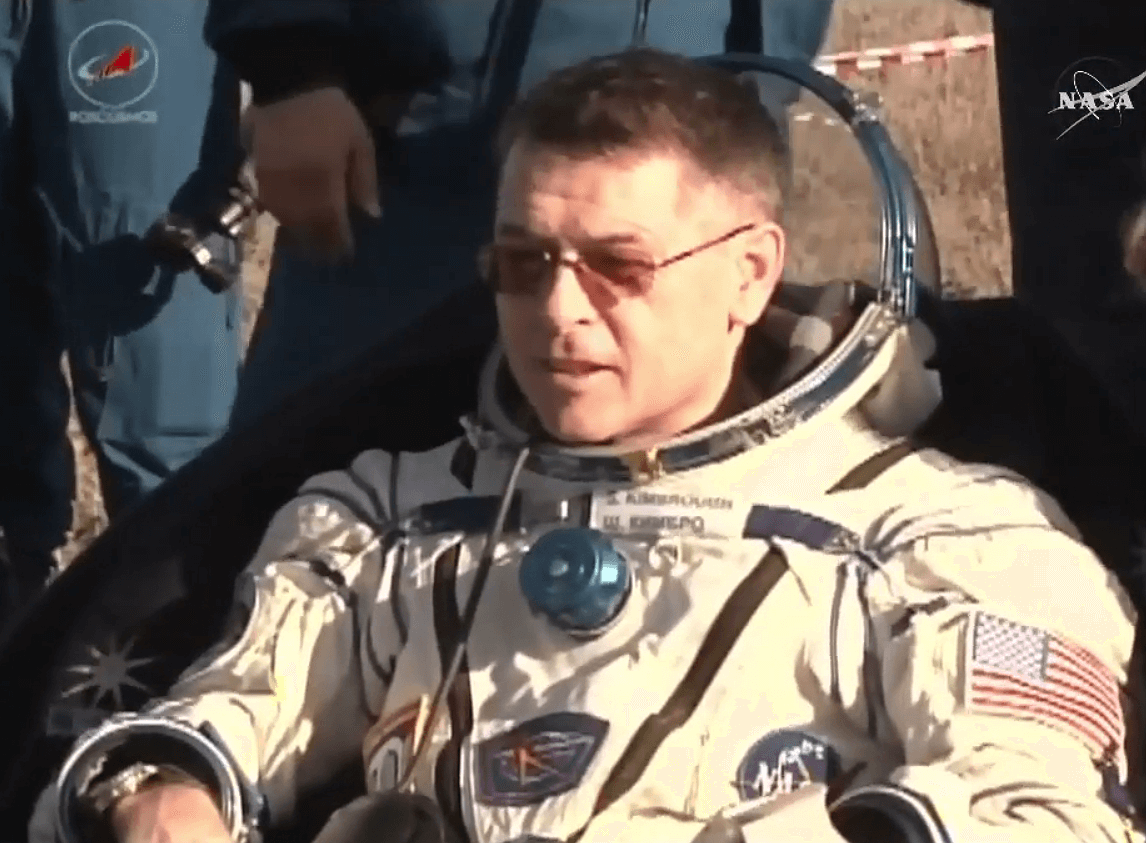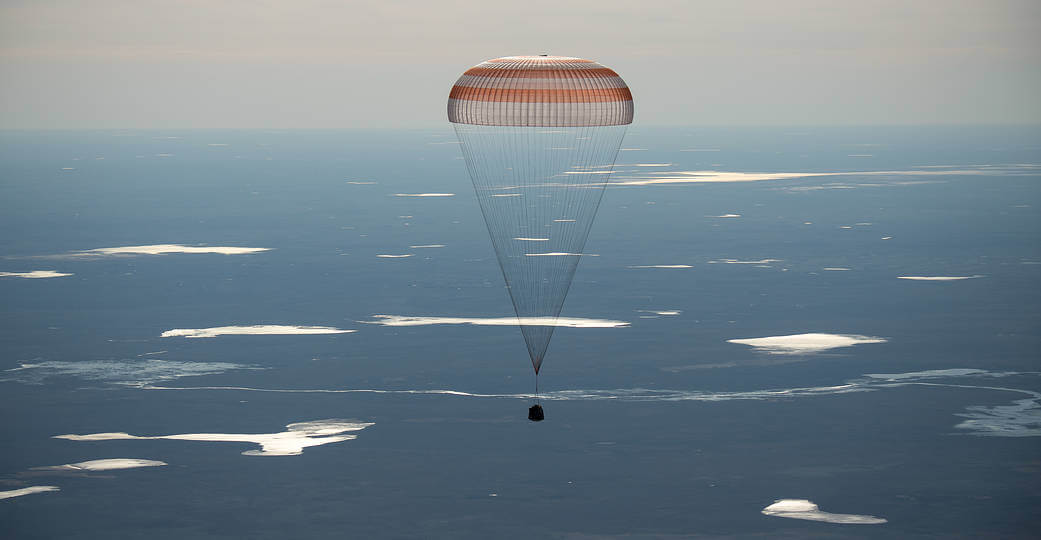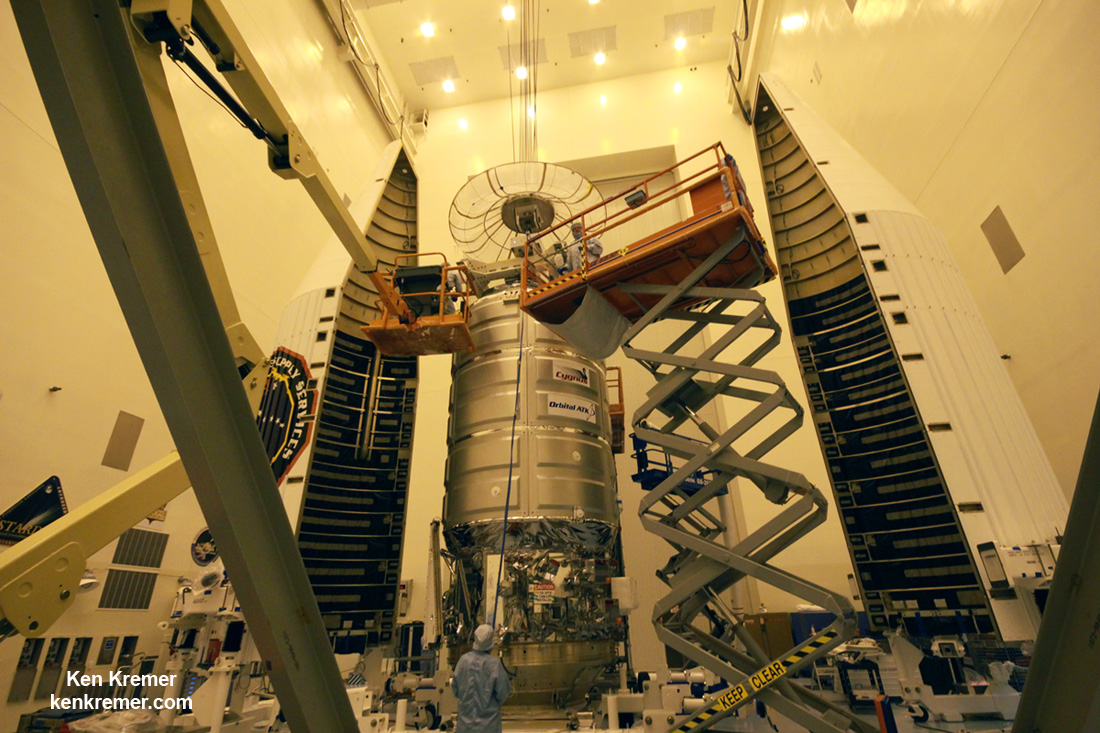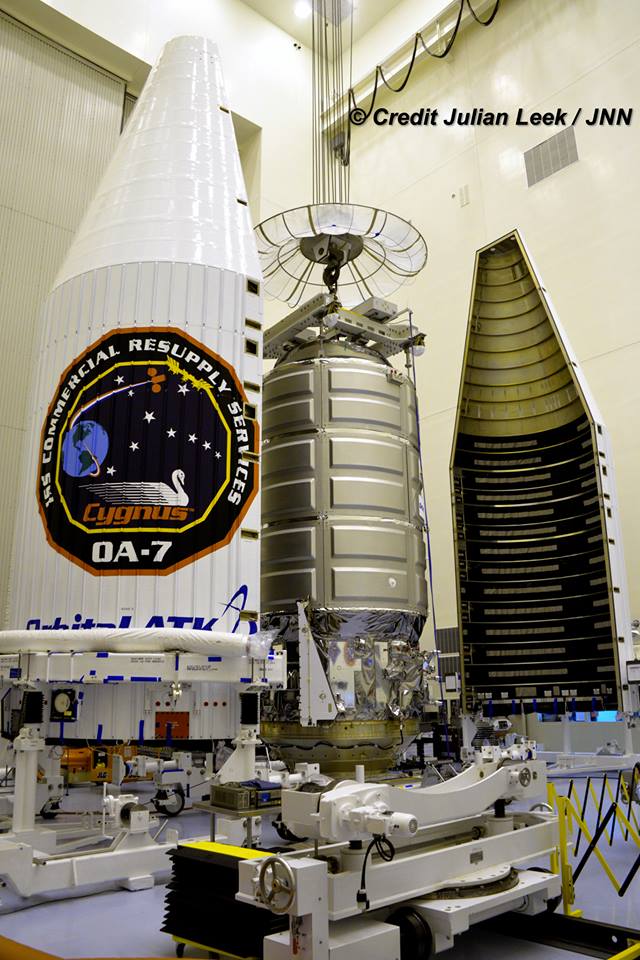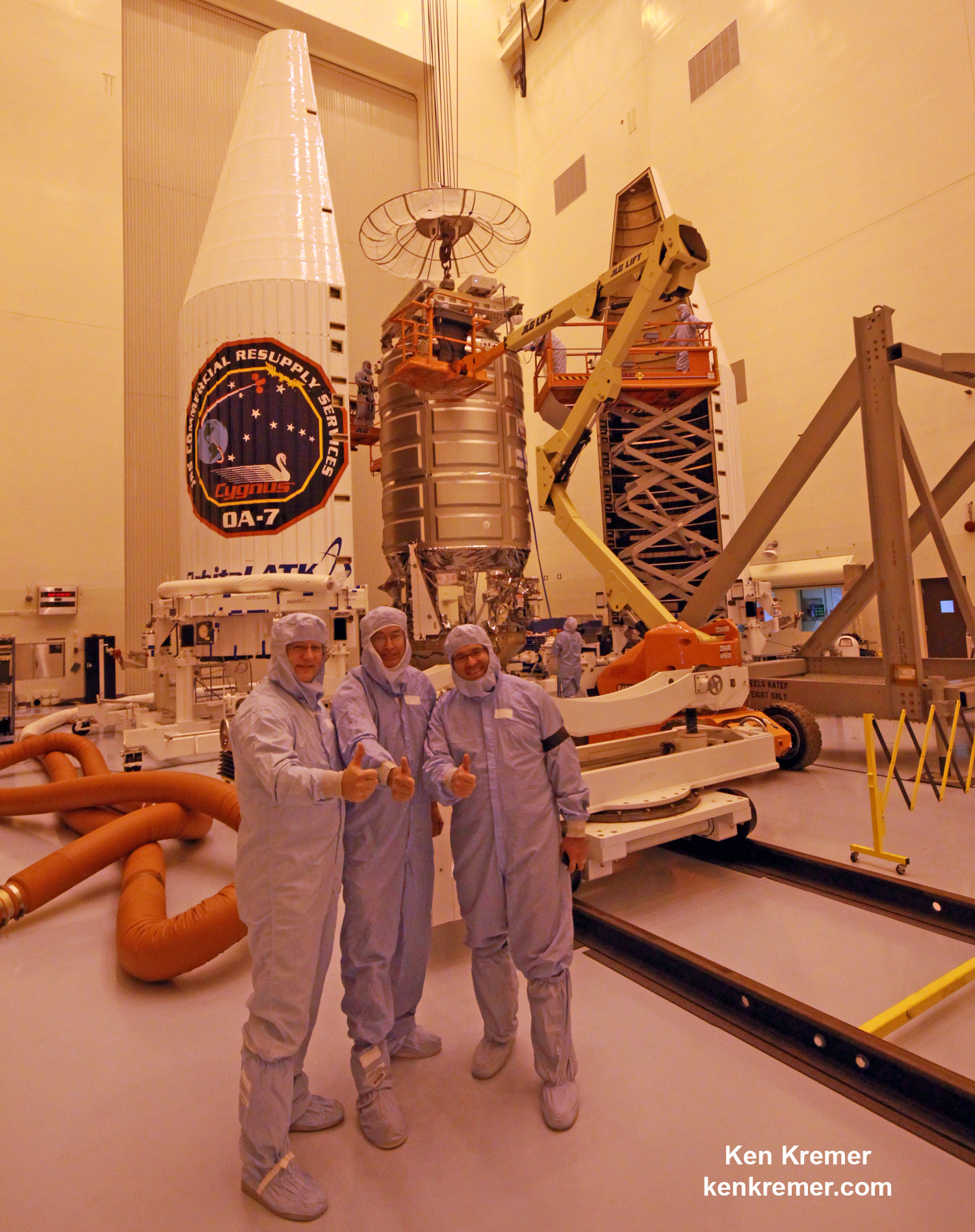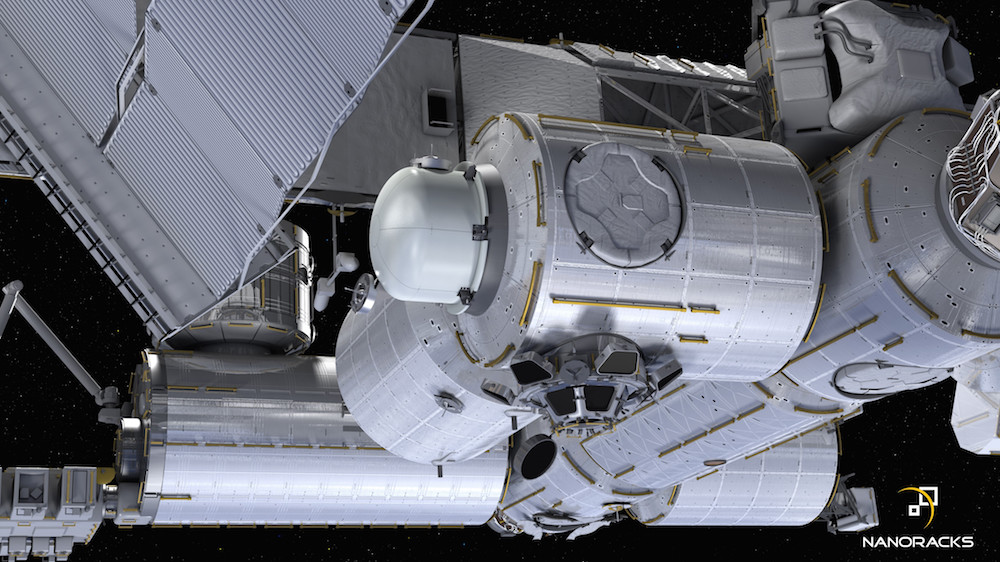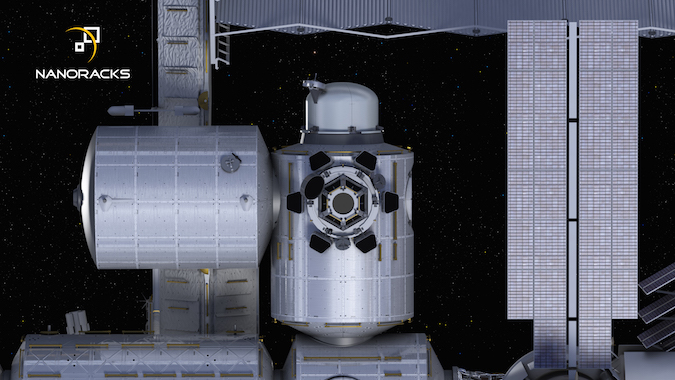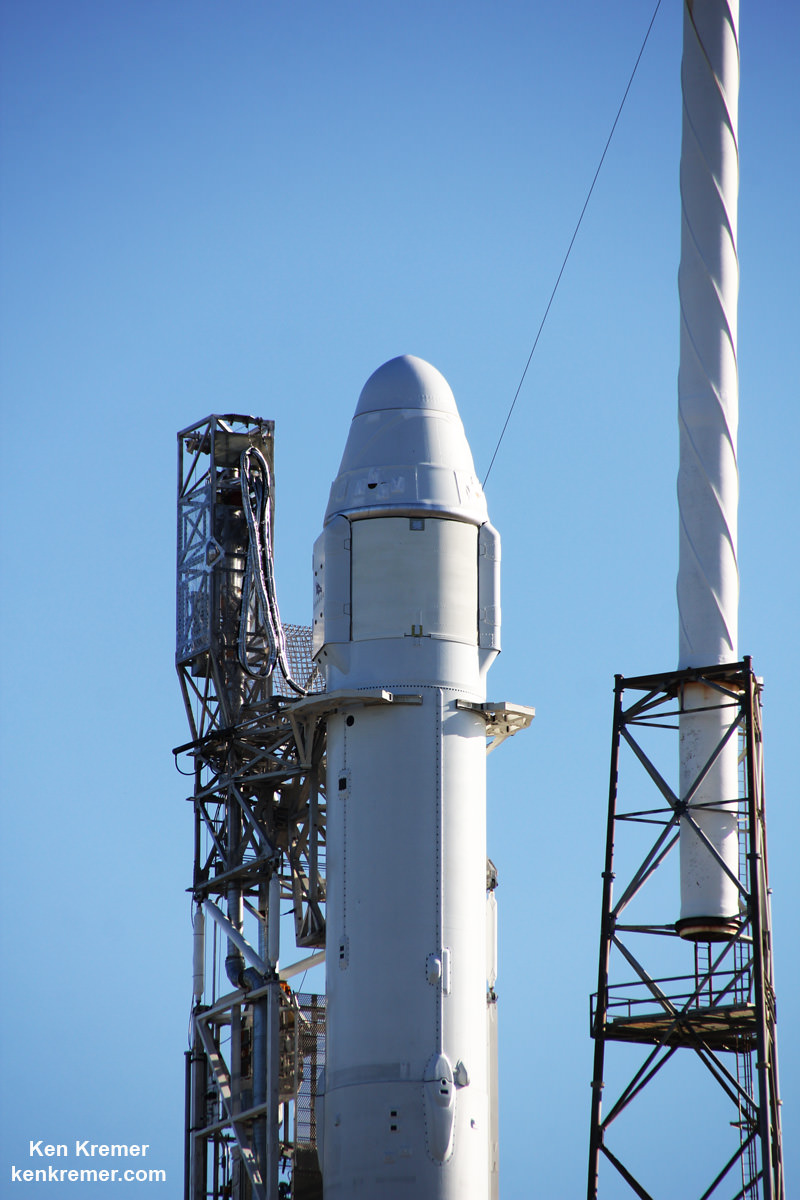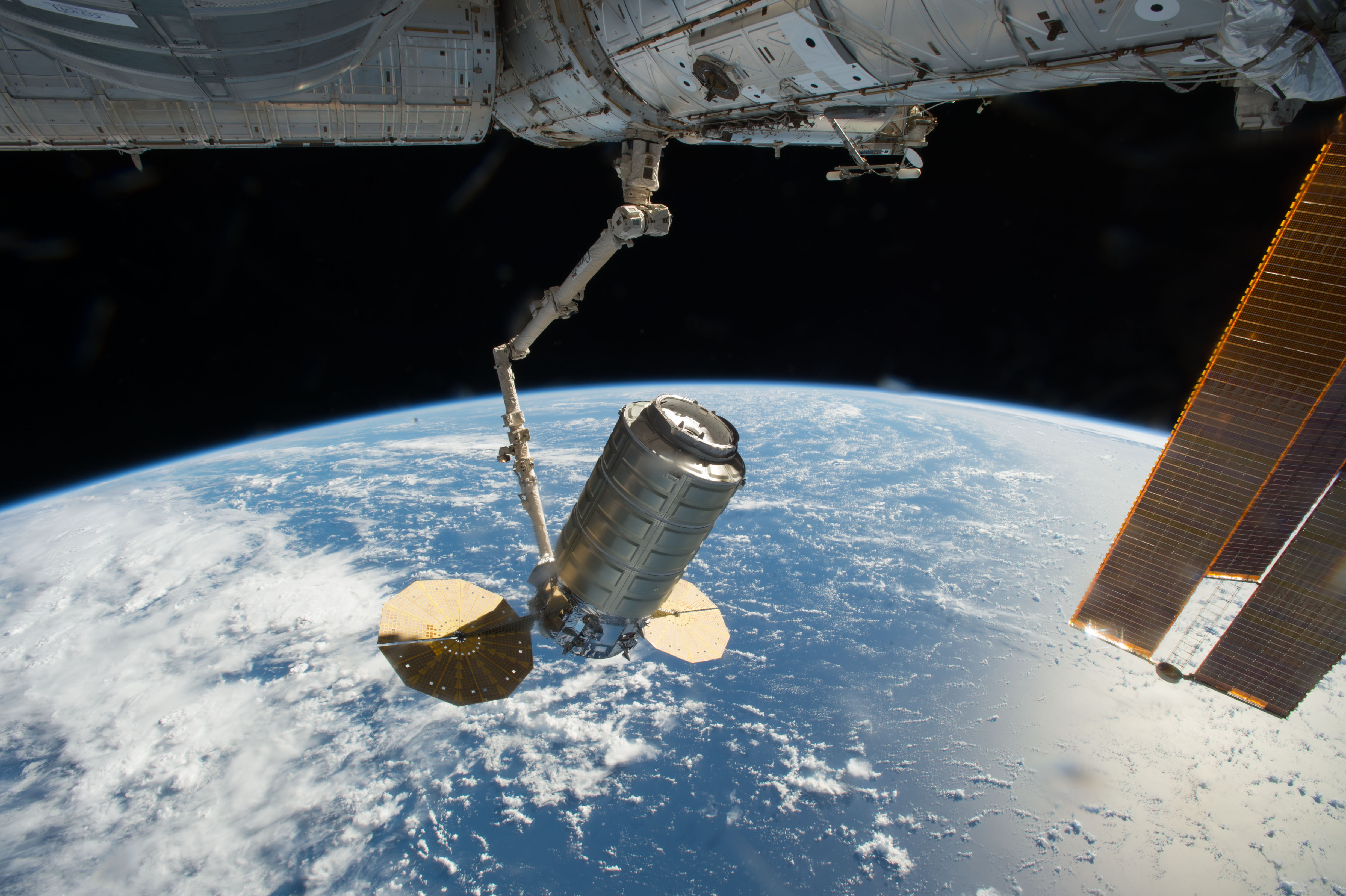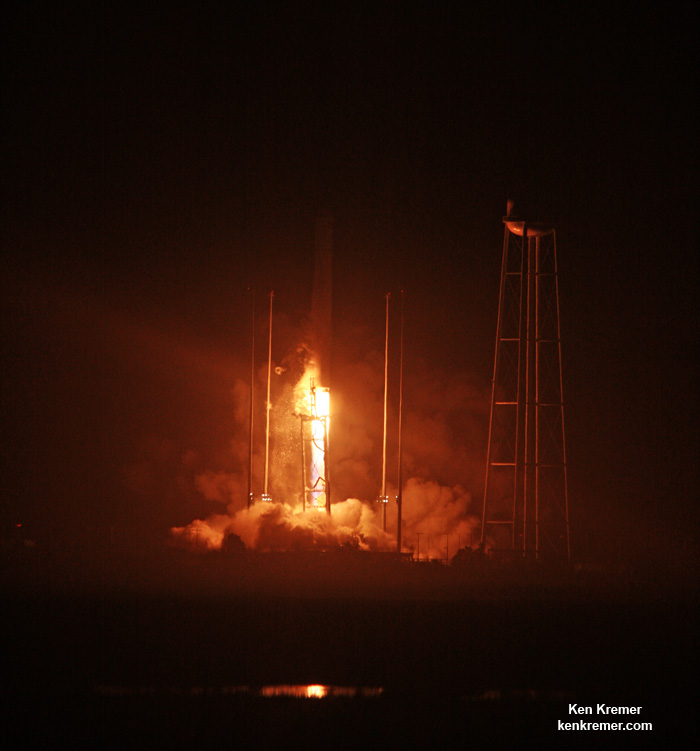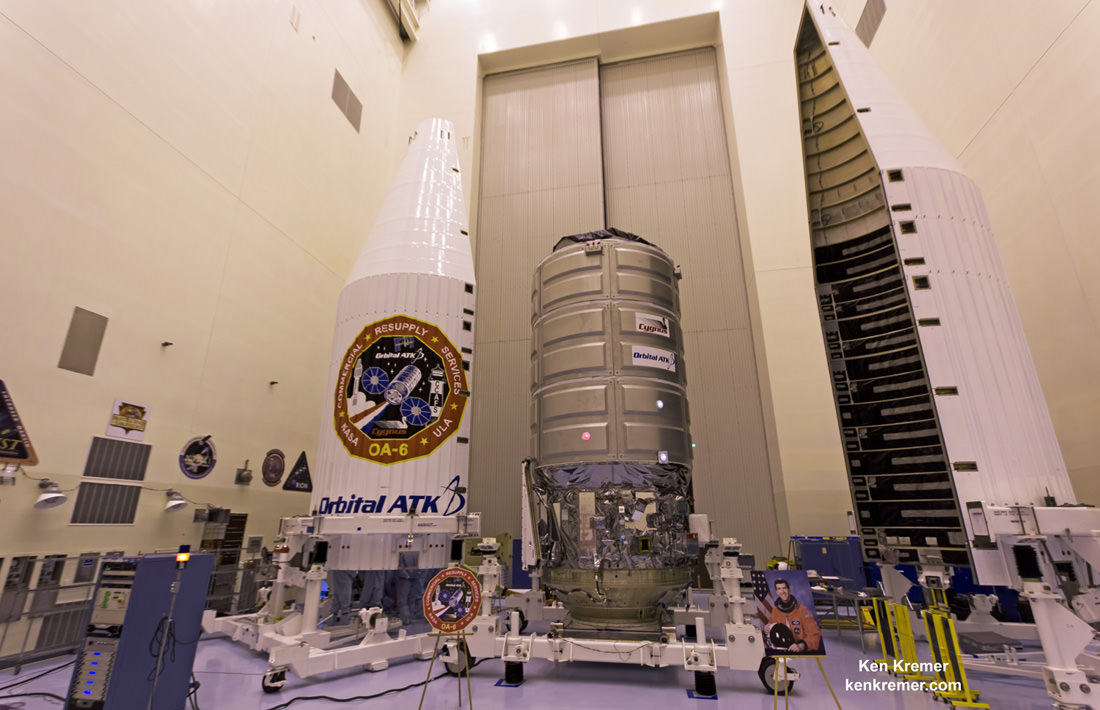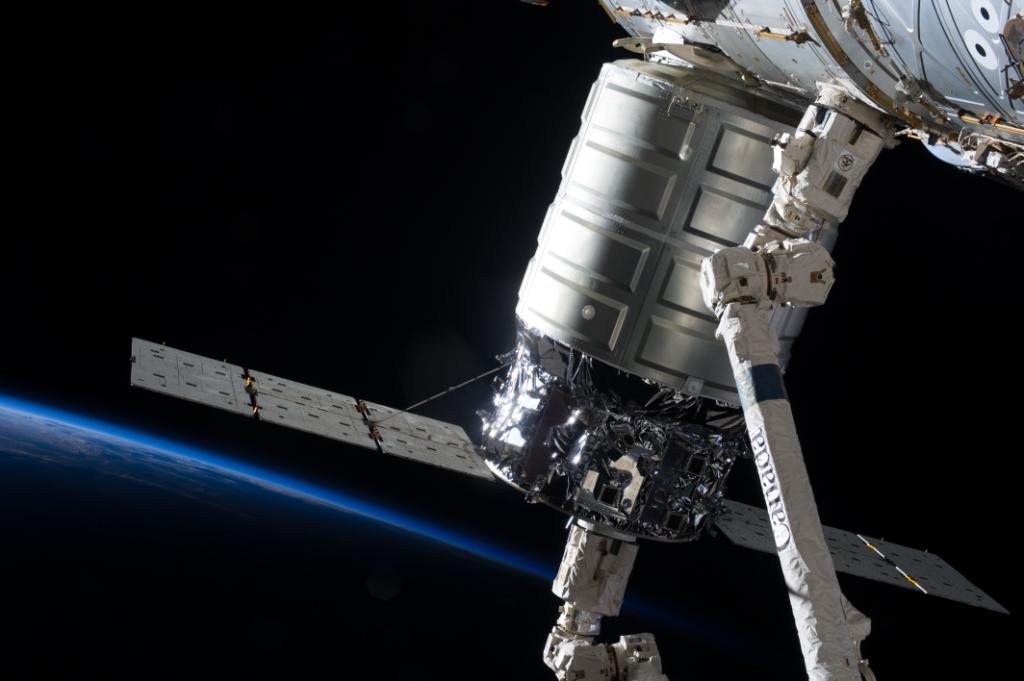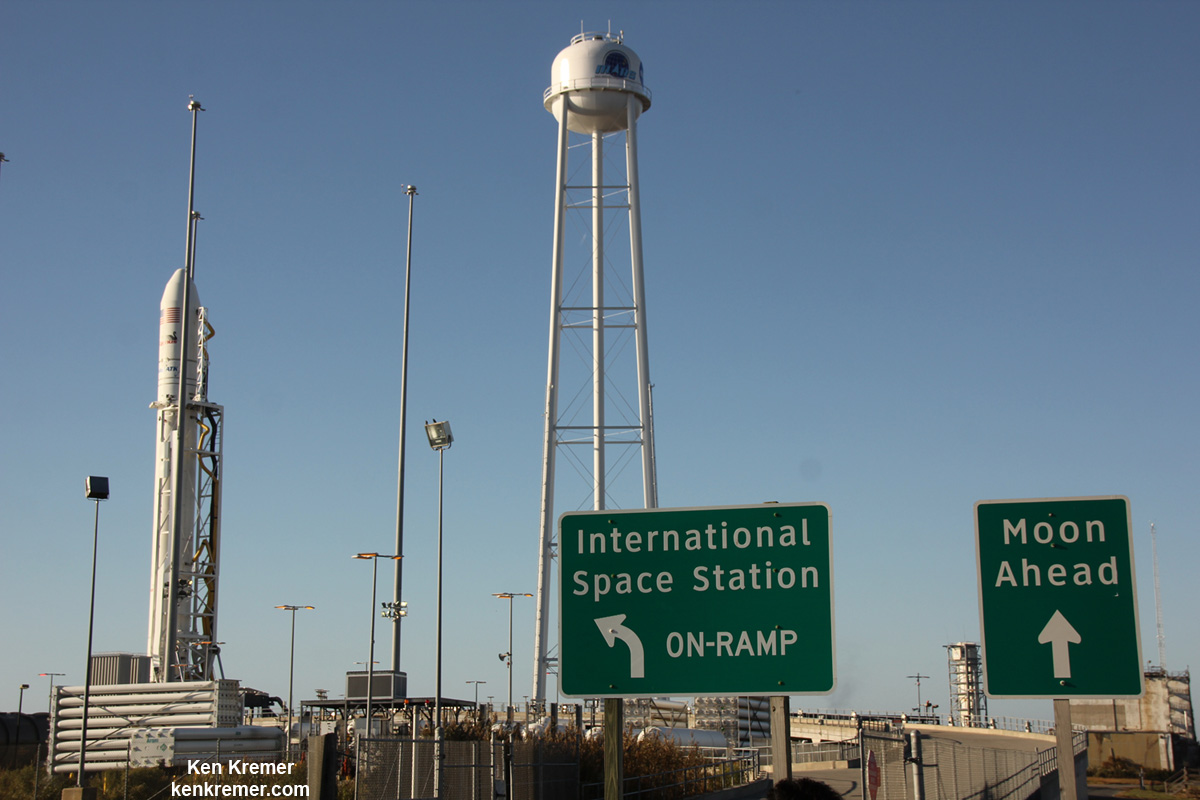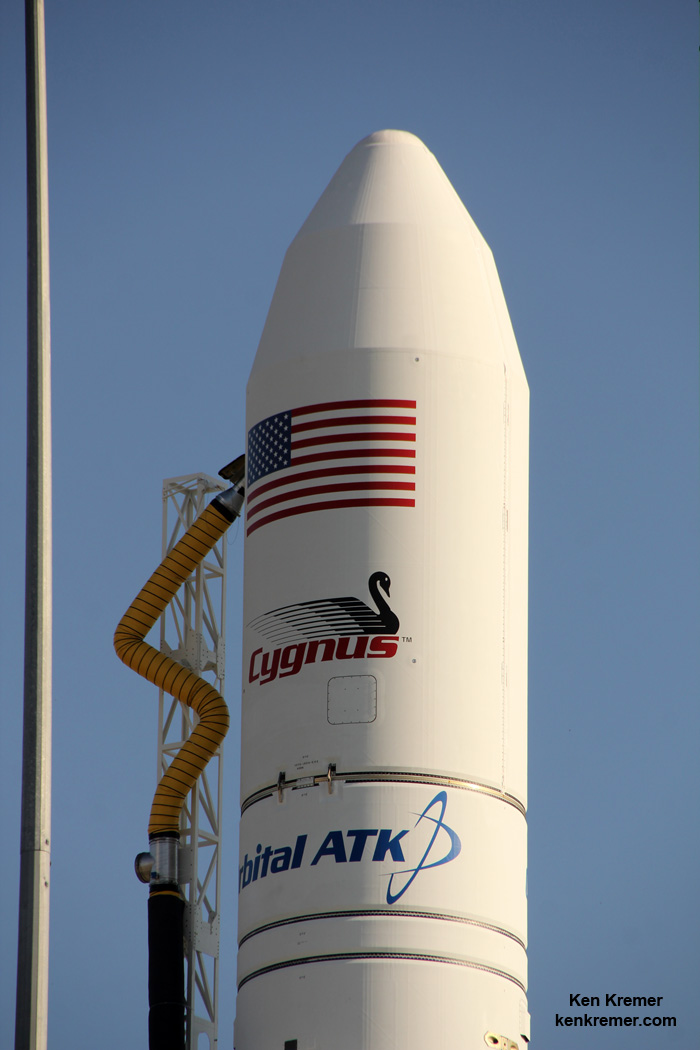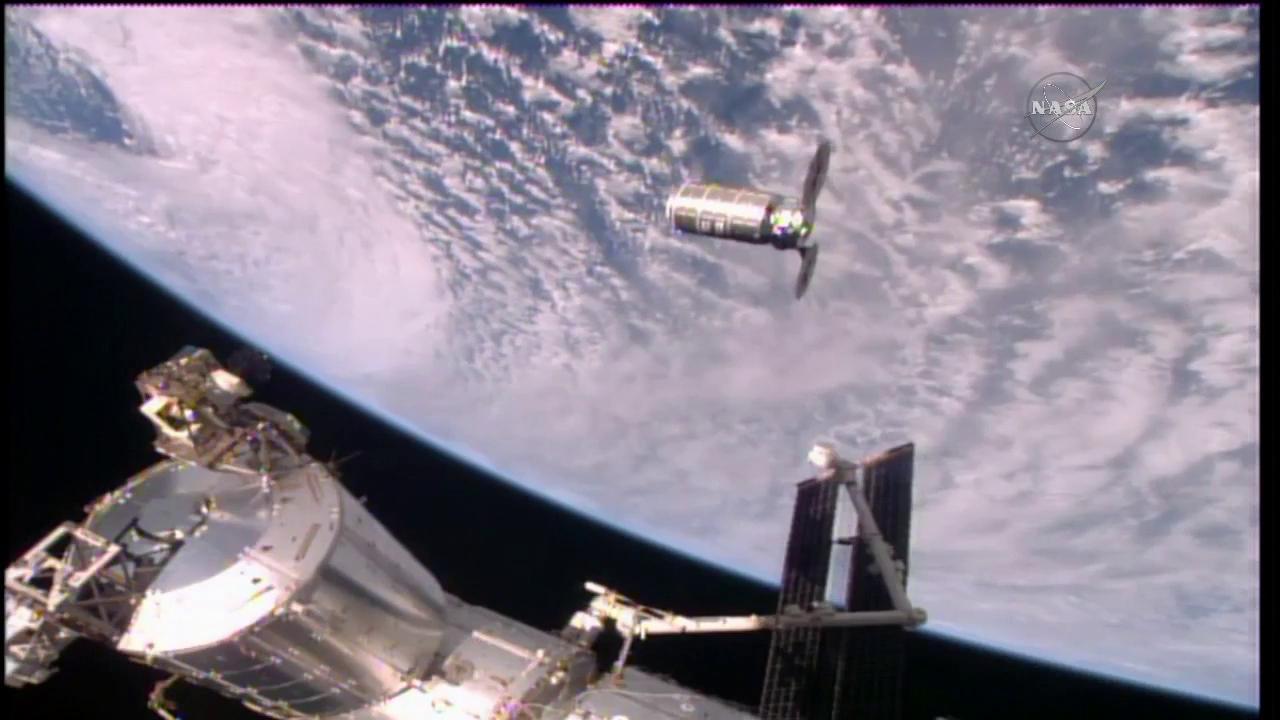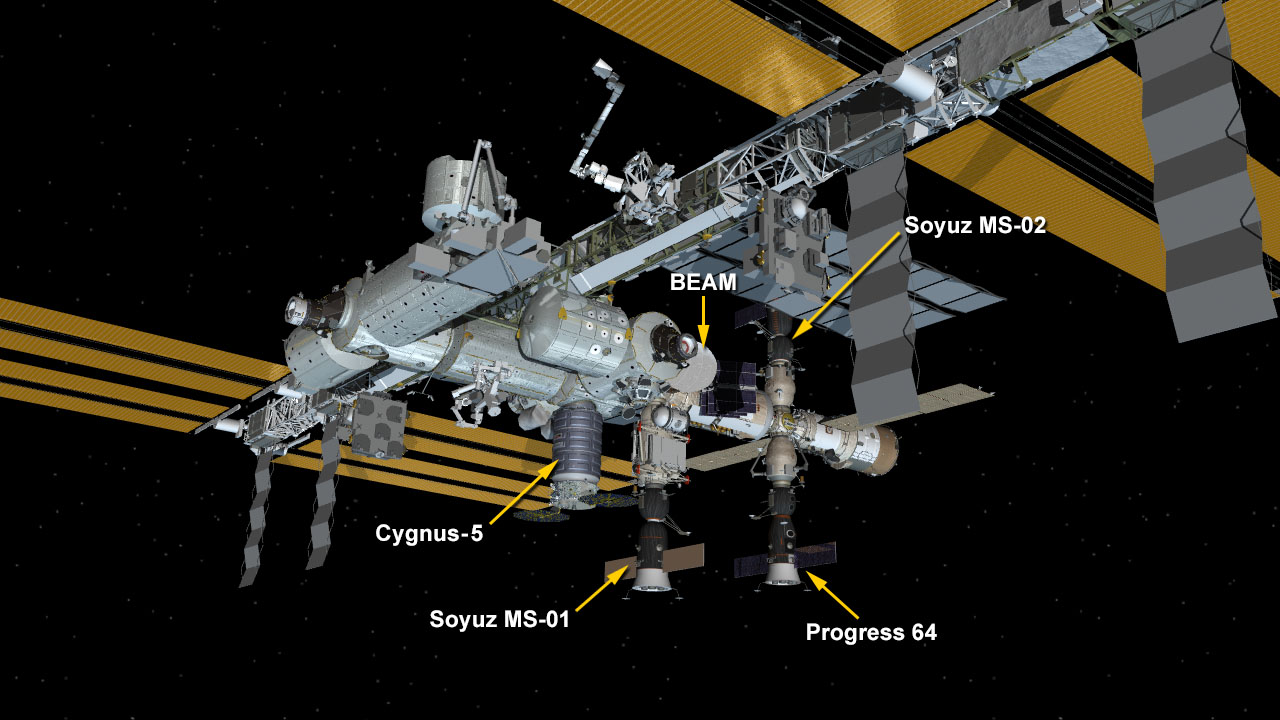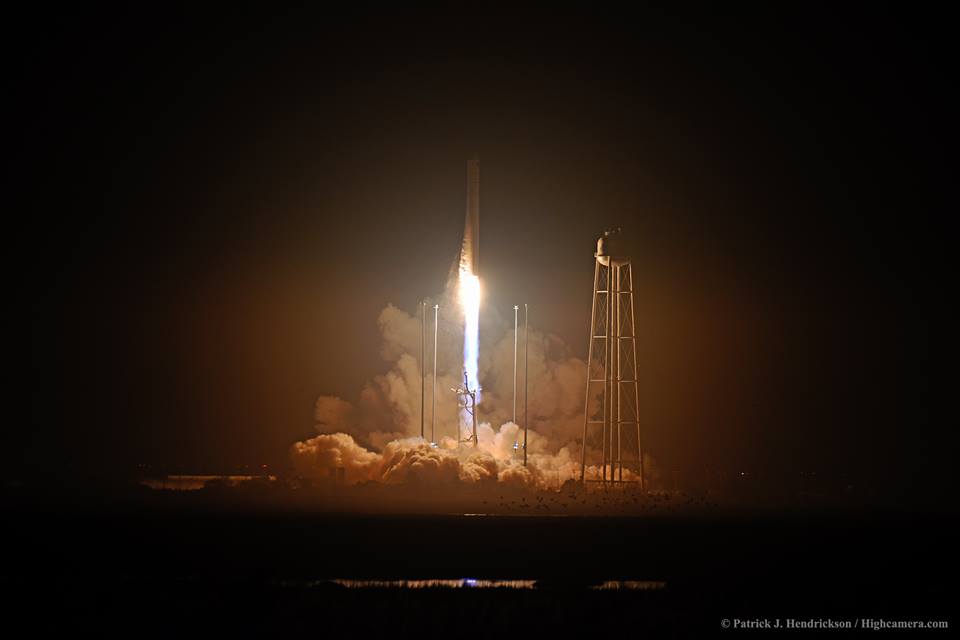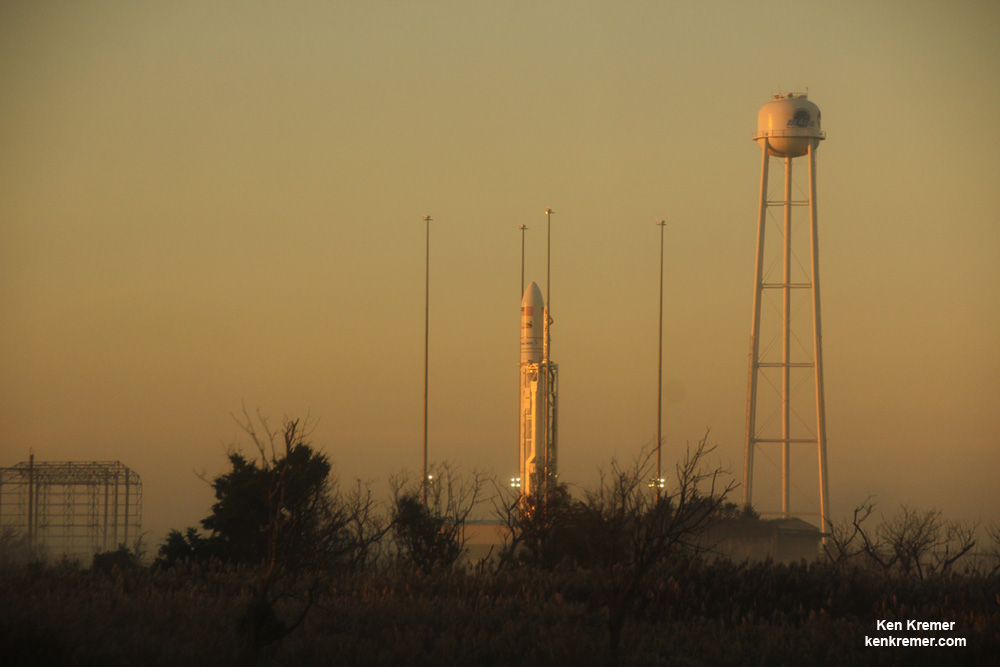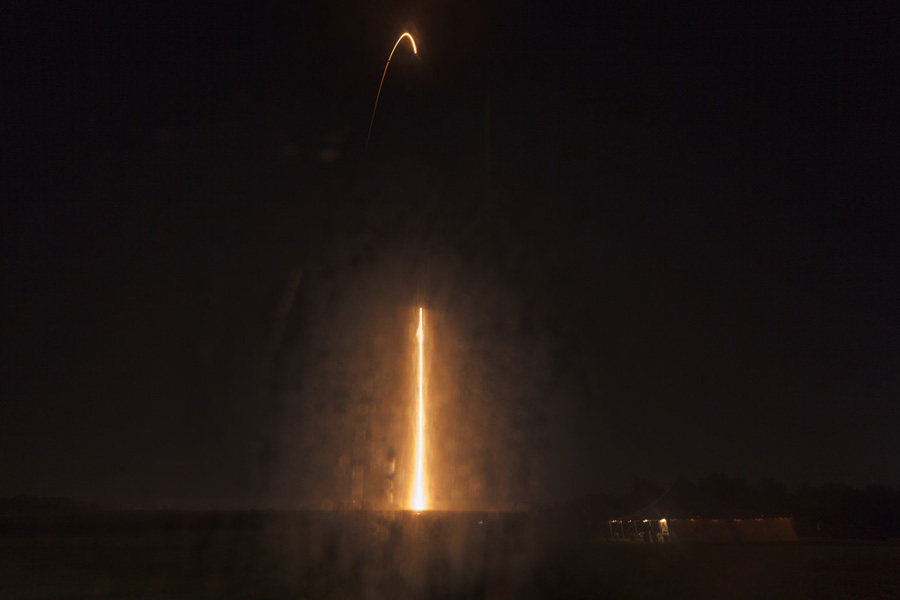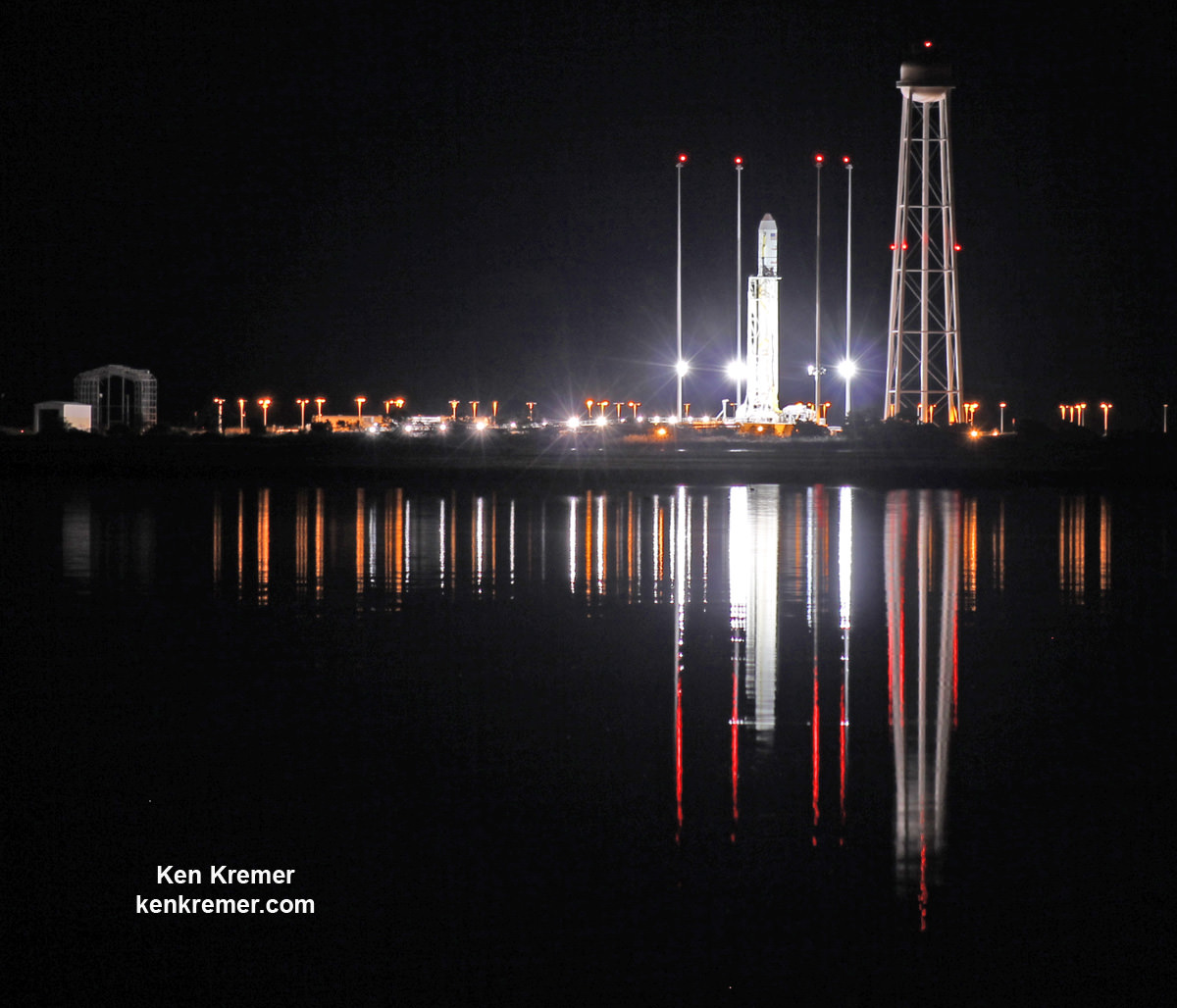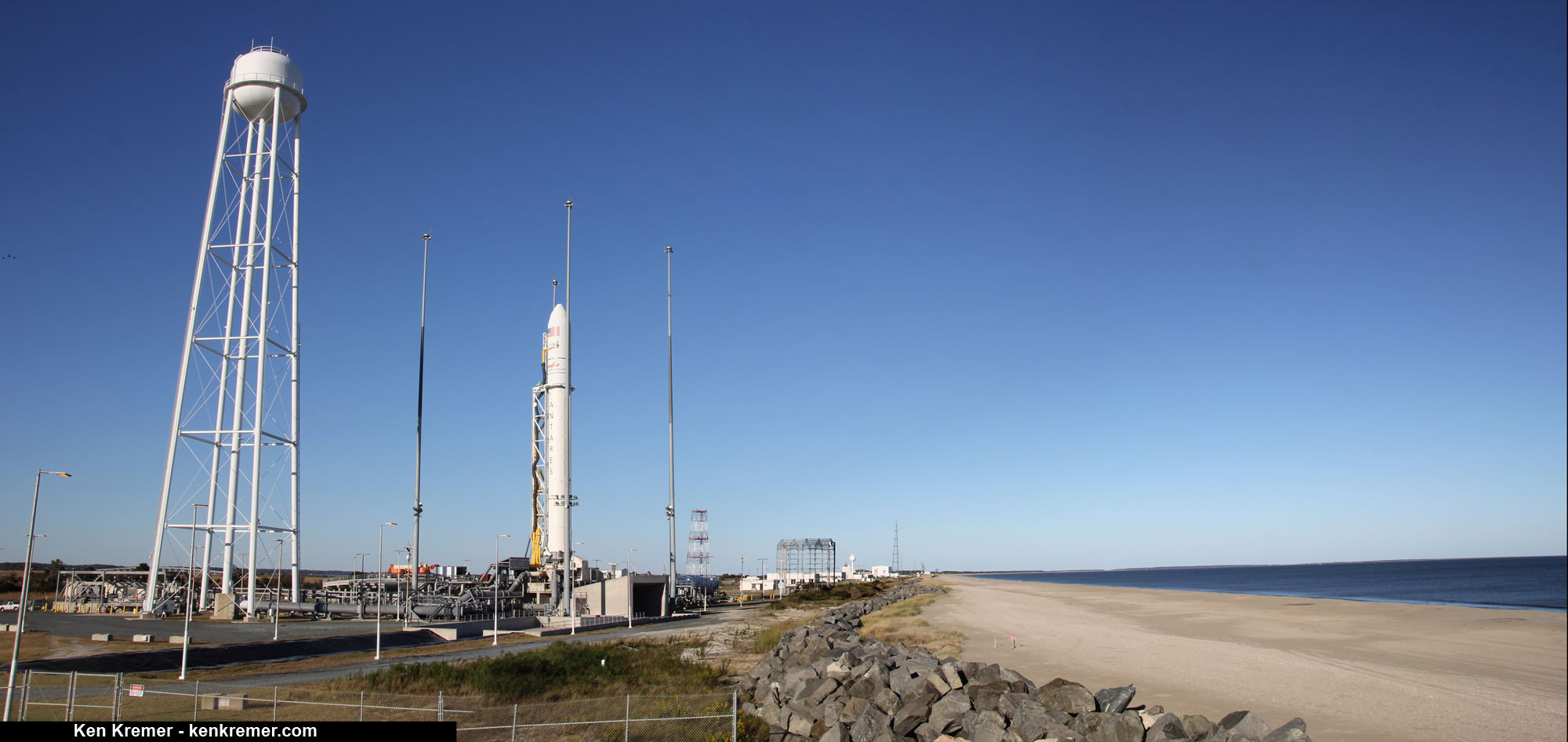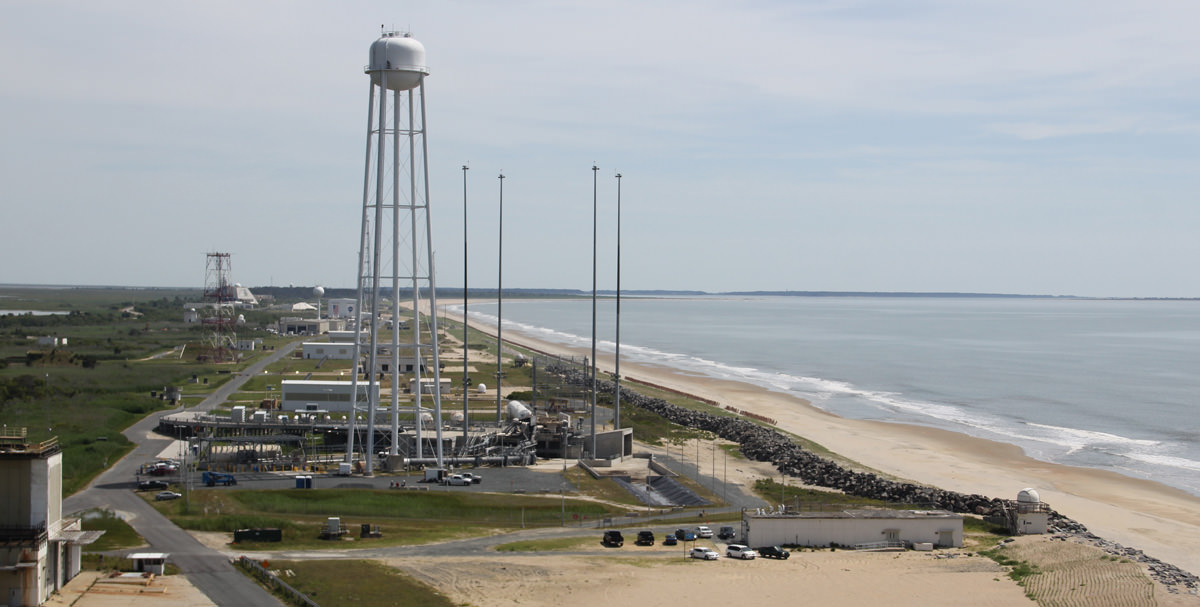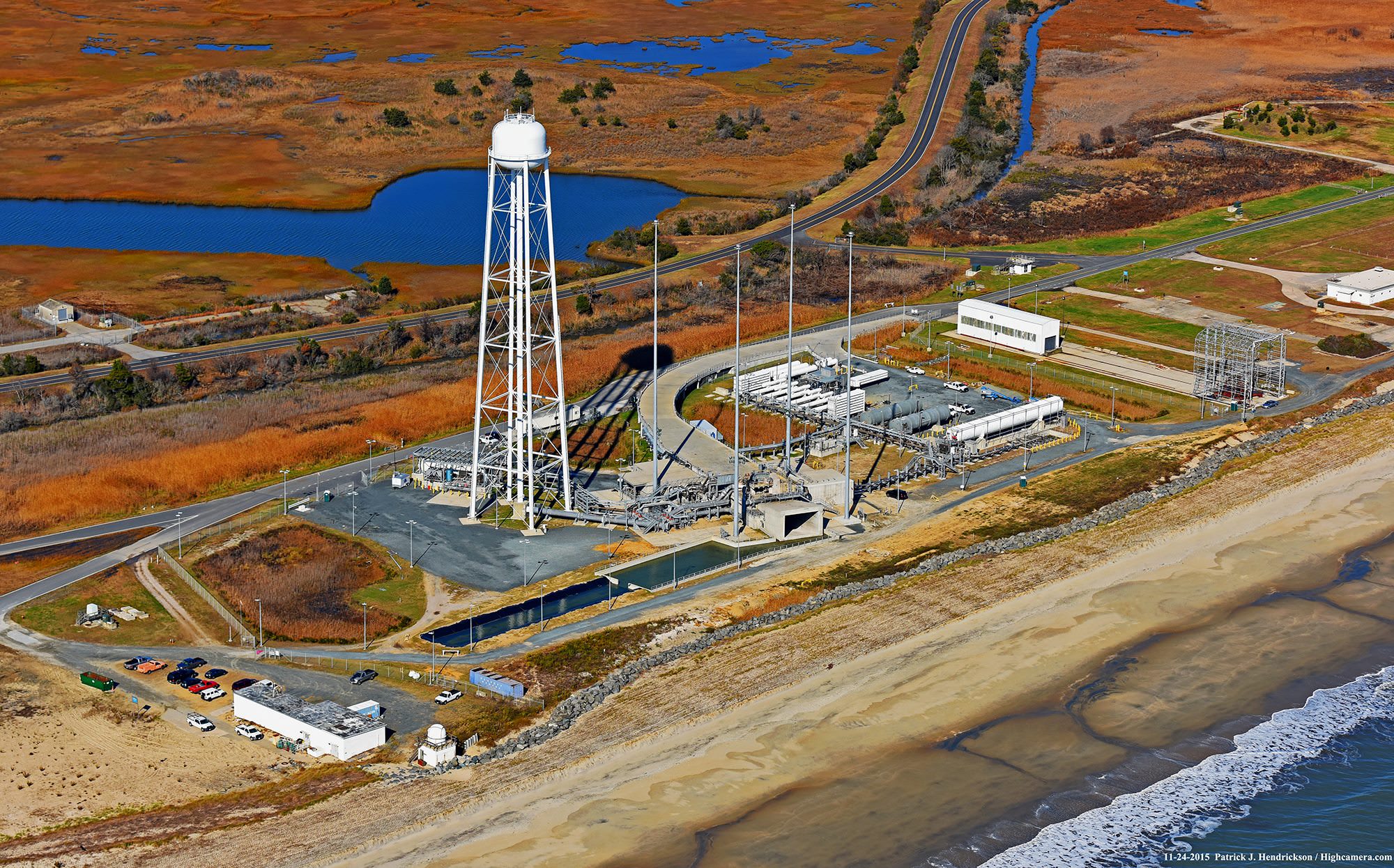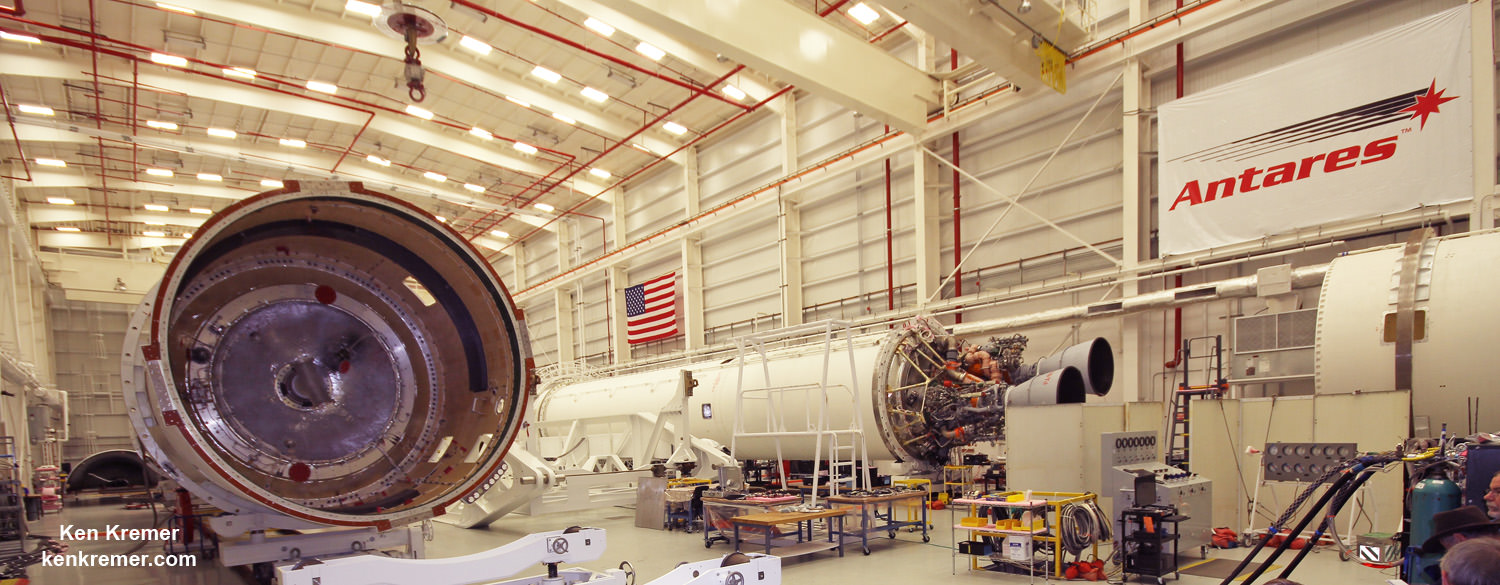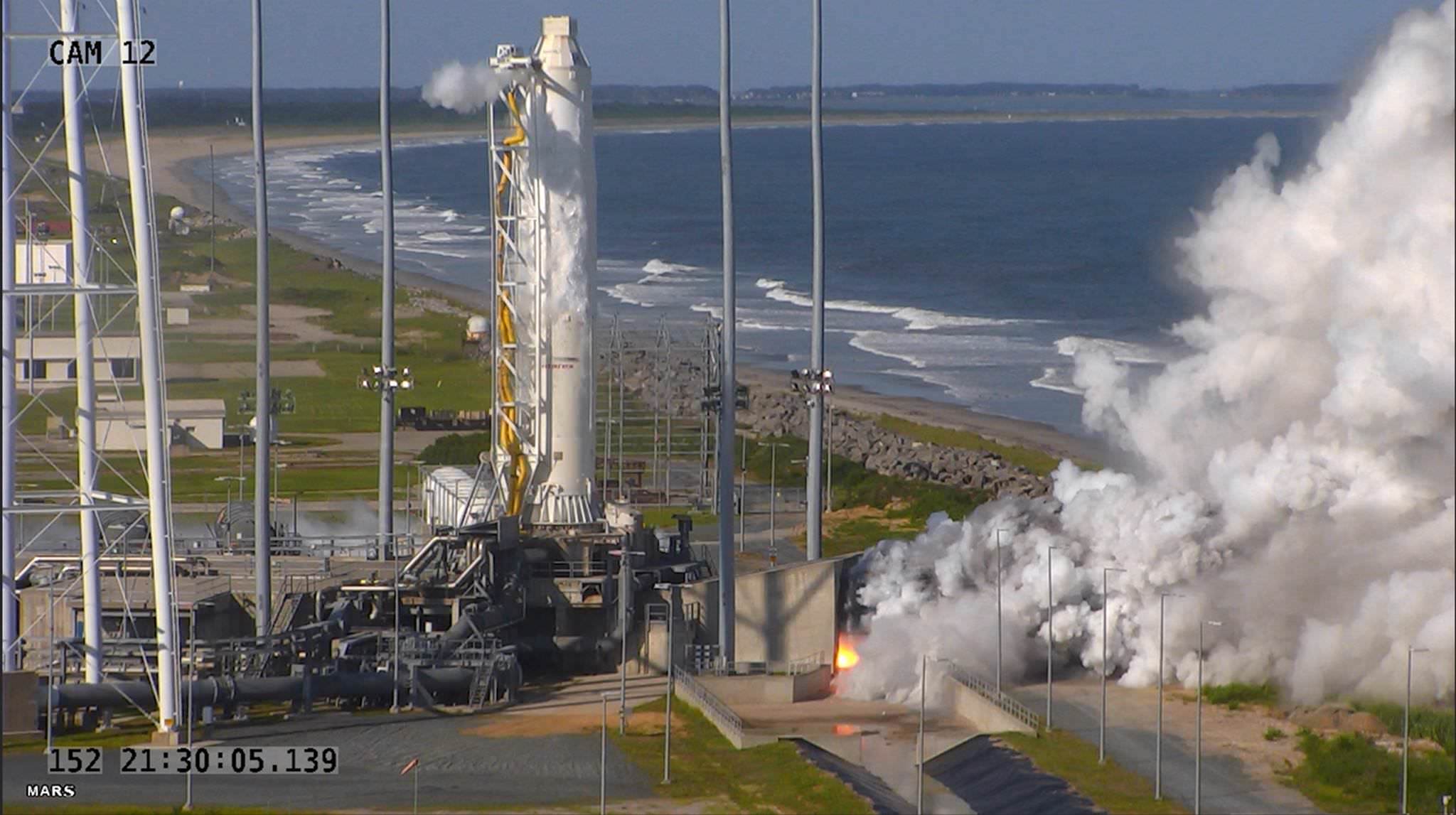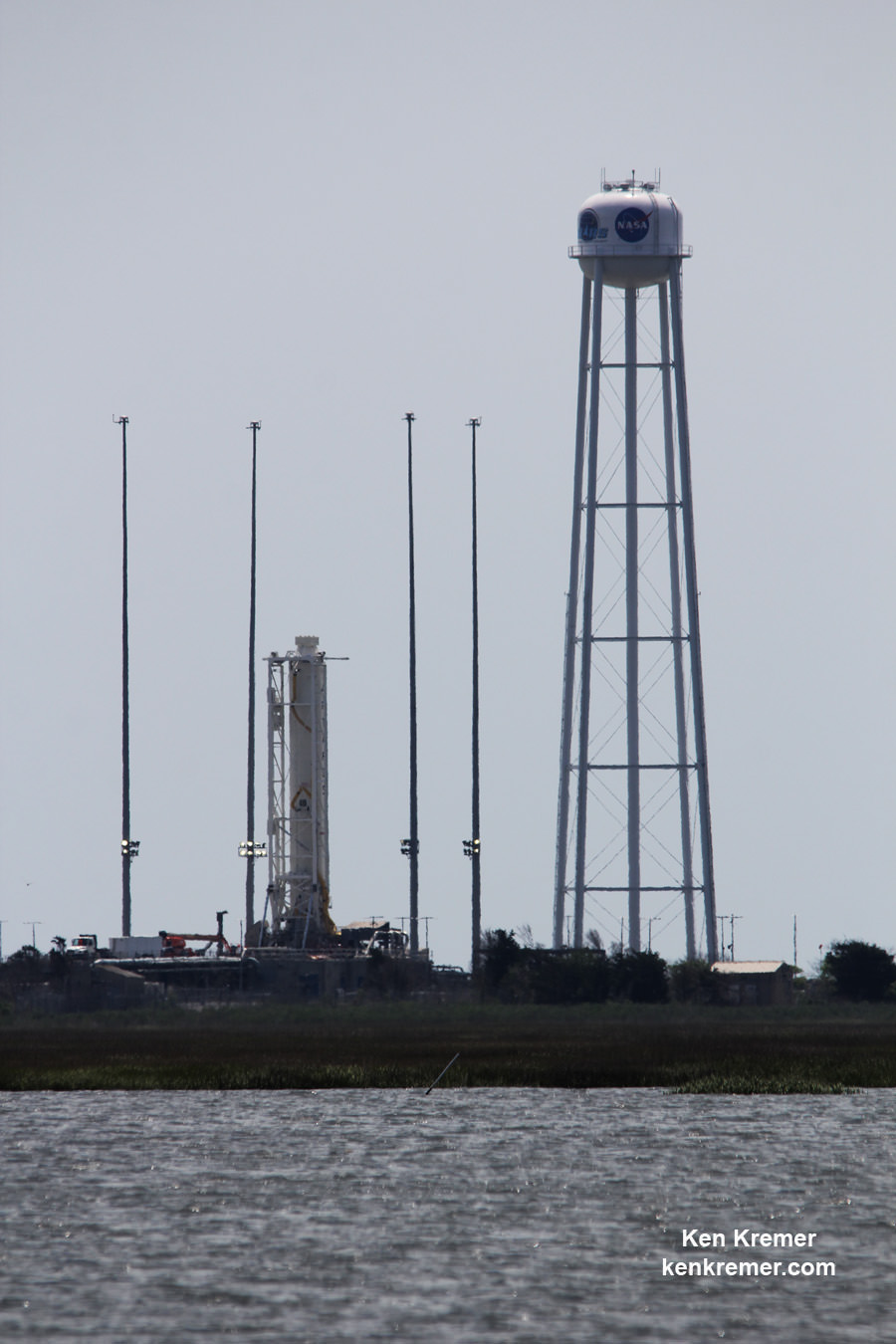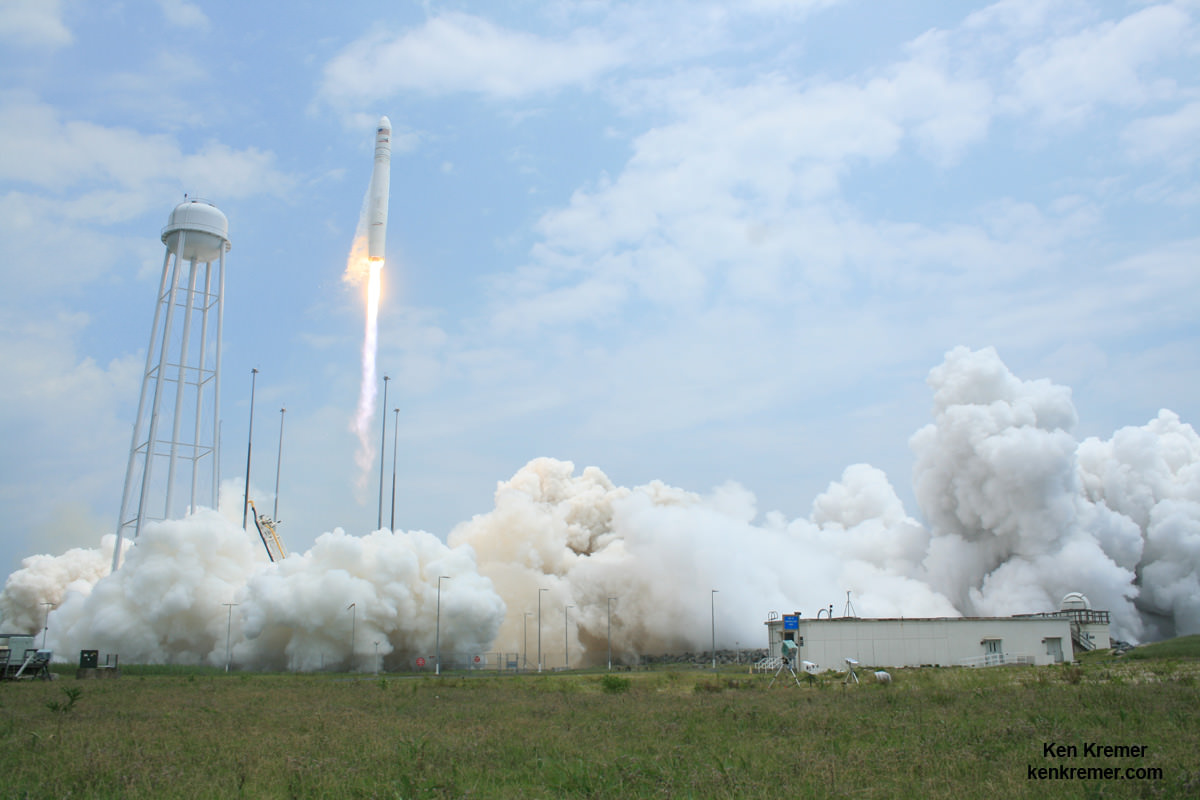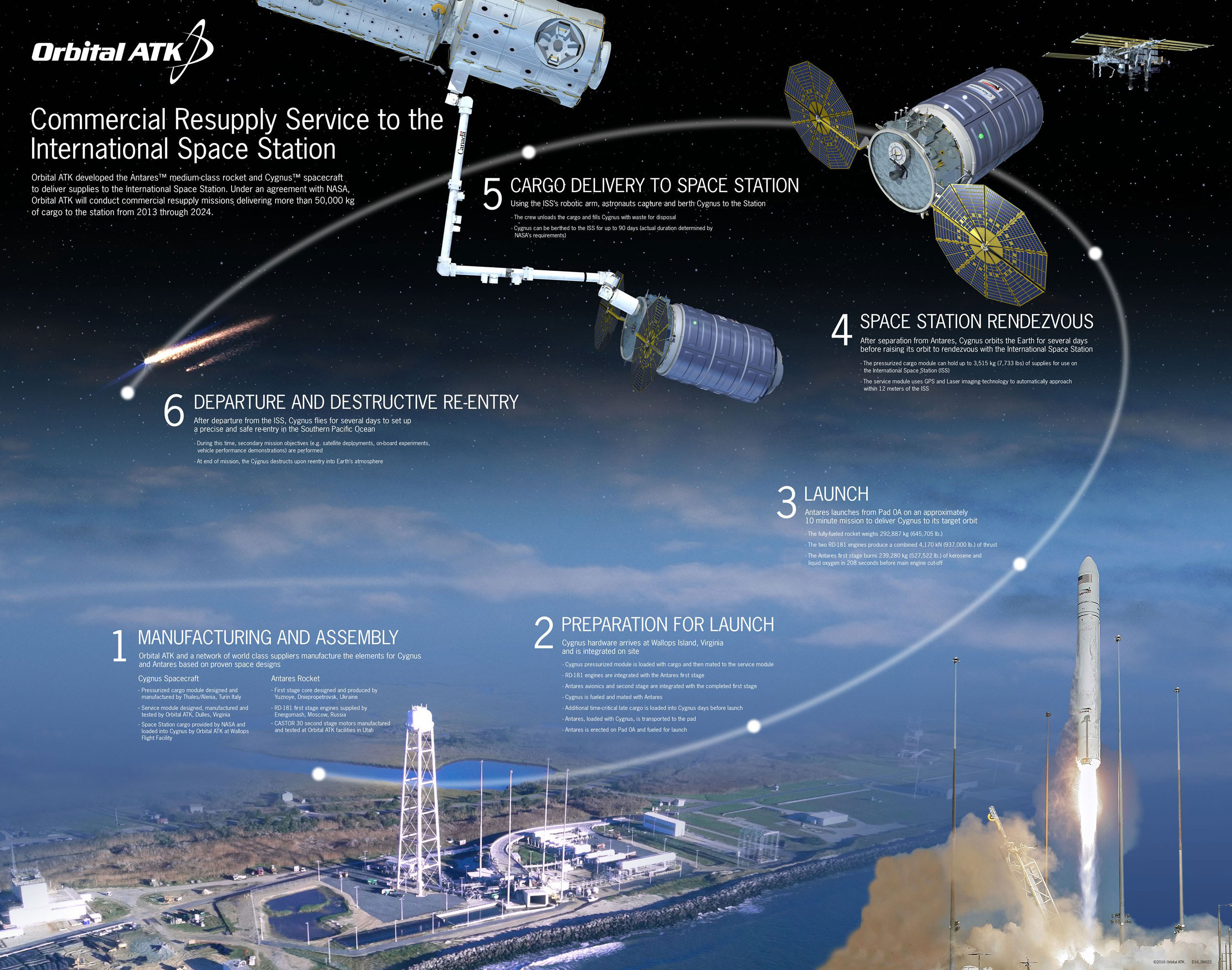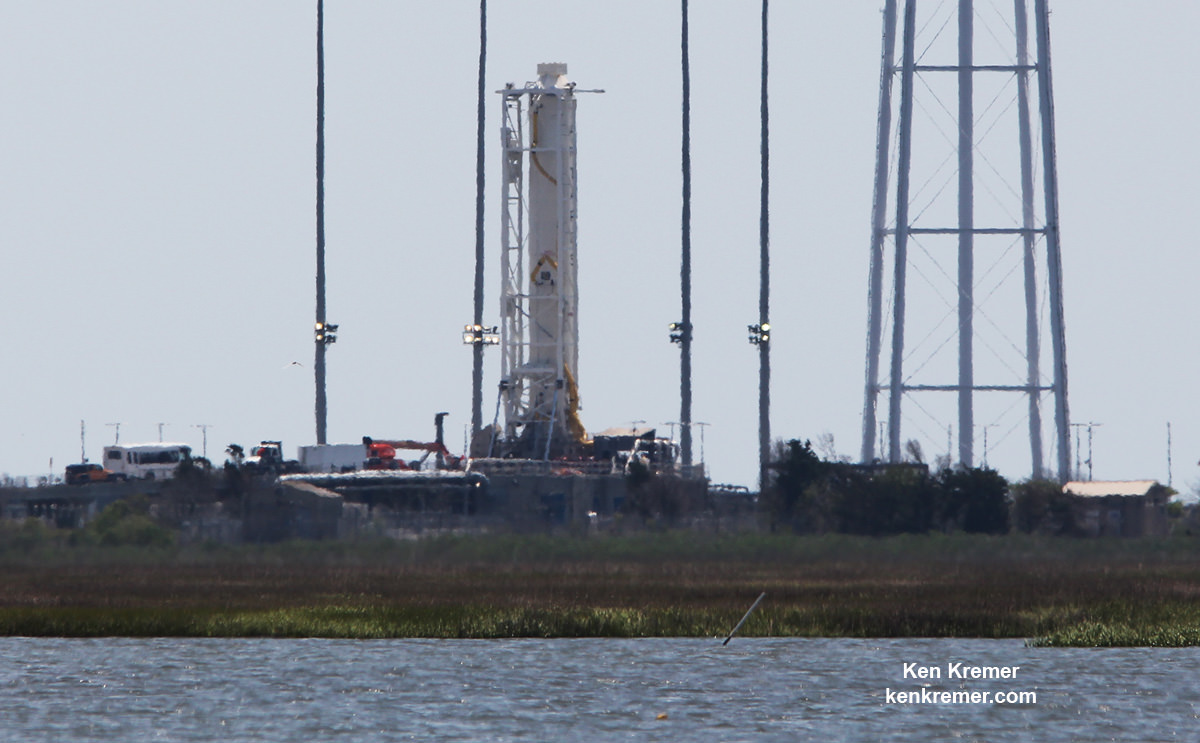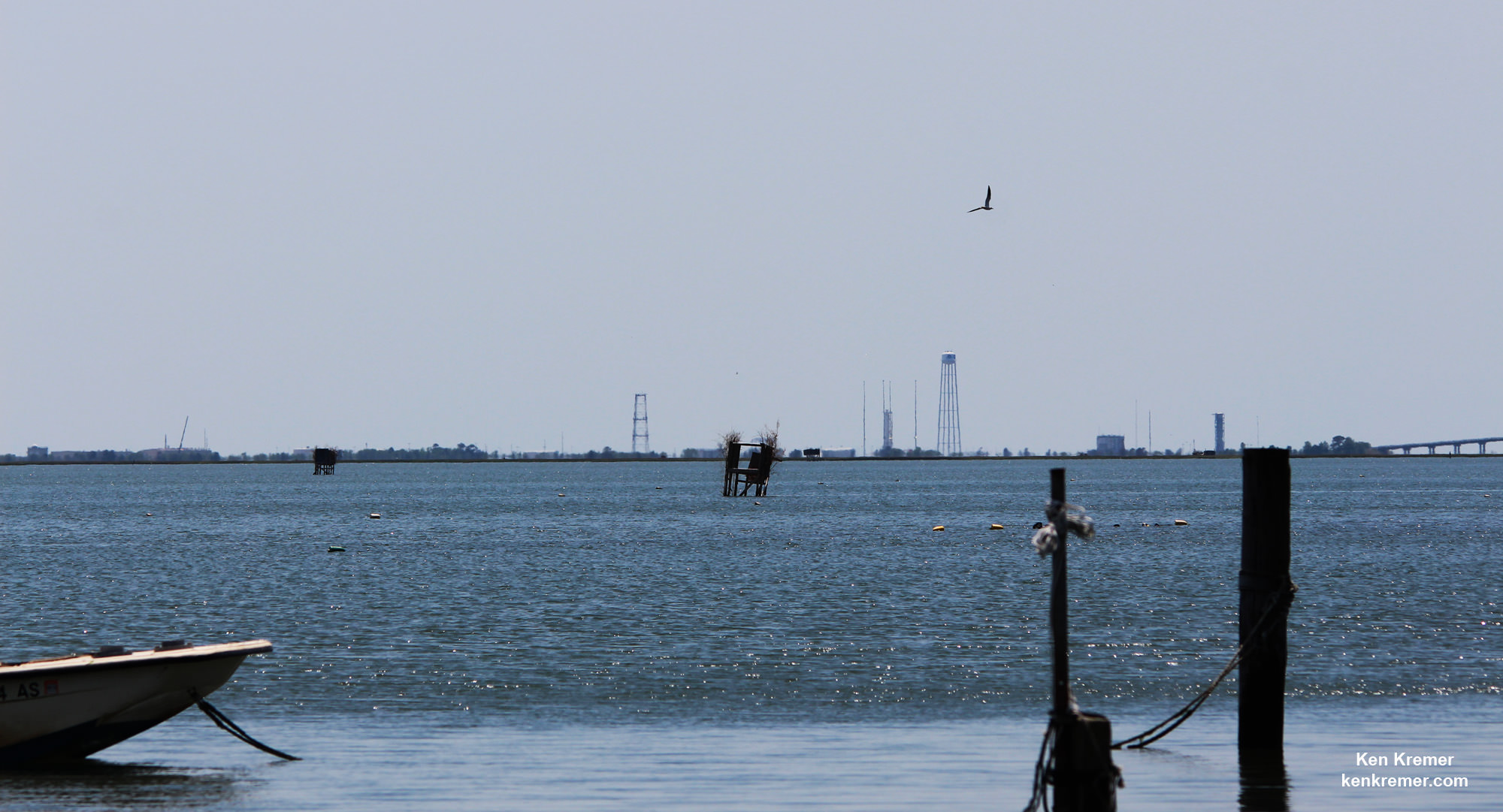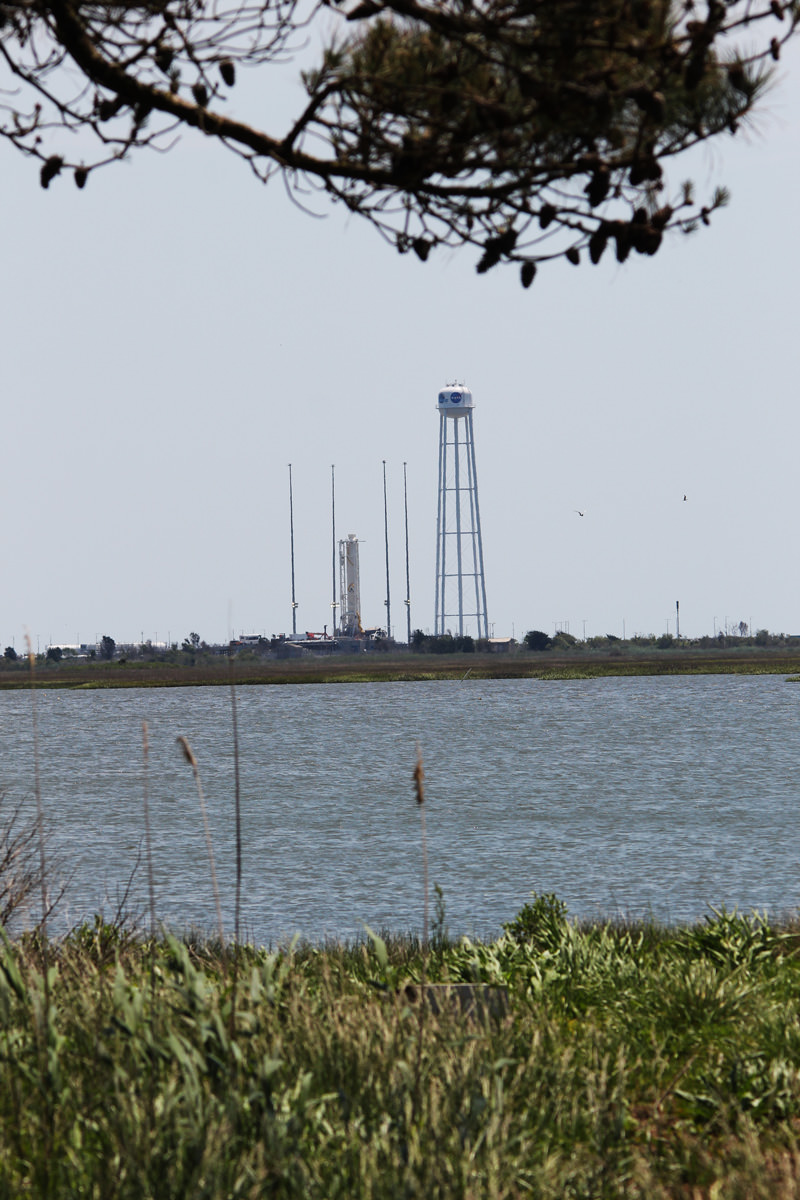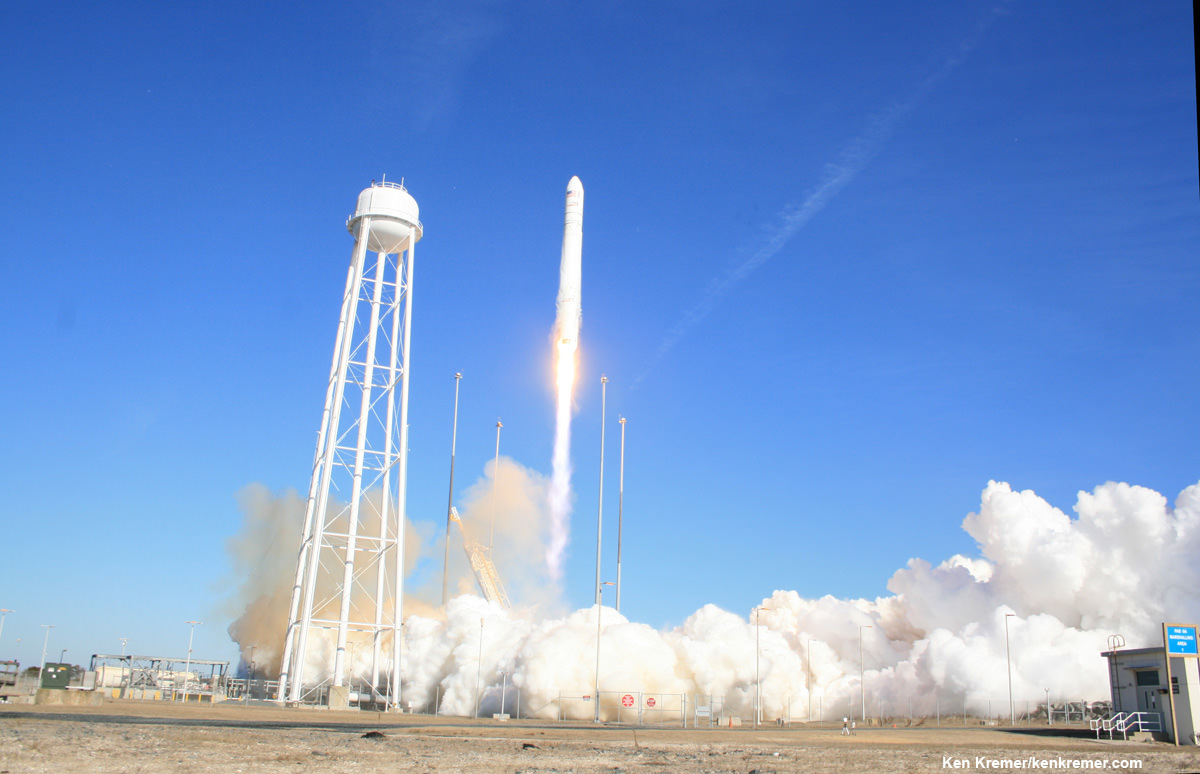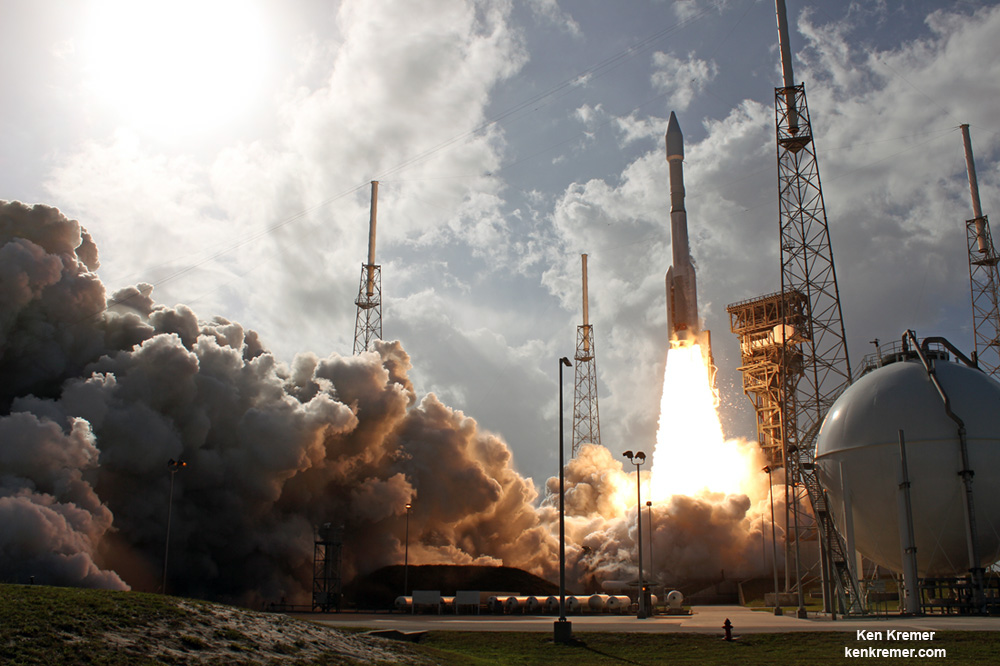
KENNEDY SPACE CENTER, FL – Imagine watching a real rocket launch in a 360 degree live video broadcast. Well NASA is about to make it happen for the first time in a big way and on a significant mission.
On Tuesday April 18, NASA will broadcast the launch of the ‘S.S. John Glenn’ space station cargo freighter in a feat marking the world’s first live 360-degree stream of a rocket launch – namely the United Launch Alliance (ULA) Atlas V rocket.
The ‘S.S. John Glenn’ is named in honor of legendary NASA astronaut John Glenn – the first American to orbit Earth back in February 1962.
The late morning daytime launch offers the perfect opportunity to debut this technology with the rocket magnificently visible atop a climbing plume of smoke and ash – and with a “pads-eye” view!
The ‘S.S. John Glenn’ is actually a Cygnus resupply spacecraft built by NASA commercial cargo provider Orbital ATK for a cargo mission heading to the International Space Station (ISS) – jam packed with nearly 4 tons or research experiments and gear for the stations Expedition 51 crew of astronauts and cosmonauts.
“NASA, in coordination with United Launch Alliance (ULA) and Orbital ATK, will broadcast the world’s first live 360-degree stream of a rocket launch,” the agency announced in a statement.
“The live 360 stream enables viewers to get a pads-eye view.”
The Cygnus spaceship will launch on a ULA Atlas V rocket from Space Launch Complex 41 at Cape Canaveral Air Force Station in Florida.
Liftoff of the S.S. John Glenn on Orbital ATK’s seventh commercial resupply services mission to the ISS – dubbed OA-7 or CRS-7 – is slated for 11:11 a.m. EDT Tuesday, April 18.
The launch window lasts 30 minutes and runs from 11;11-11:41 a.m. EDT.
You can watch the live 360 stream of the Atlas V/OA-7 cargo resupply mission liftoff to the ISS on the NASA Television YouTube channel starting 10 minutes prior to lift off at:
http://youtube.com/nasatelevision
The sunshine state’s weather outlook is currently very promising with a forecast of an 80% chance of favorable ‘GO’ conditions at launch time Tuesday morning.
John Glenn was selected as one of NASA’s original seven Mercury astronauts chosen at the dawn of the space age in 1959. He recently passed away on December 8, 2016 at age 95.

The S.S. John Glenn will carrying more than 7,600 pounds of science research, crew supplies and hardware to the orbiting outpost.
How can you watch the streaming 360 video? Read NASA’s description:
“To view in 360, use a mouse or move a personal device to look up and down, back and forth, for a 360-degree view around Space Launch Complex-41 at Cape Canaveral Air Force Station, Florida. Note: not all browsers support viewing 360 videos. YouTube supports playback of 360-degree videos on computers using Chrome, Firefox, Internet Explorer and Opera browsers. Viewers may use the YouTube app to view the launch on a smart phone. Those who own virtual reality headsets will be able to look around and experience the view as if they were actually standing on the launch pad.”
“While virtual reality and 360 technology have been increasing in popularity, live 360 technology is a brand new capability that has recently emerged. Recognizing the exciting possibilities opened by applying this new technology to spaceflight, NASA, ULA, and Orbital ATK seized this opportunity to virtually place the public at the base of the rocket during launch. Minimum viewing distance is typically miles away from the launch pad, but the live 360 stream enables viewers to get a pads-eye view.”
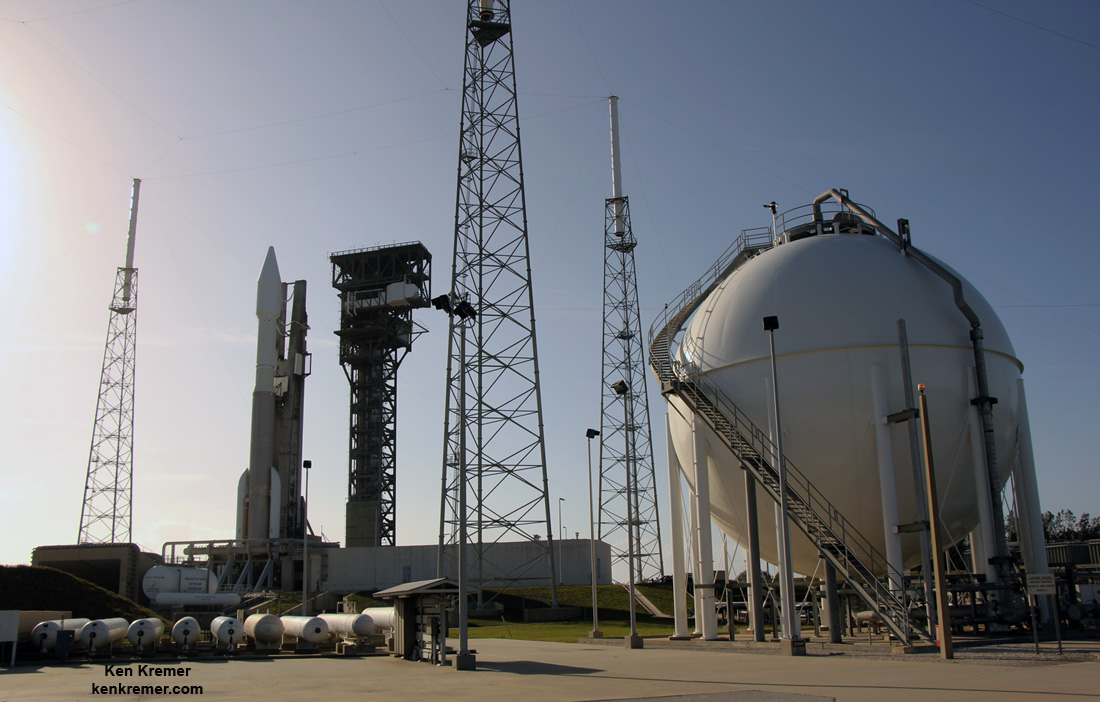
The naming announcement for the ‘S.S. John Glenn’ was made by spacecraft builder Orbital ATK during a ceremony held inside the Kennedy Space Center (KSC) clean room facility when the cargo freighter was in the final stages of flight processing – and attended by media including Universe Today on March 9.
“It is my humble duty and our great honor to name this spacecraft the S.S. John Glenn,” said Frank DeMauro, vice president and general manager of Orbital ATK’s Advanced Programs division, during the clean room ceremony inside the Payload Hazardous Servicing Facility (PHFS) high bay at NASA’s Kennedy Space Center in Florida.
Stay tuned here for Ken’s continuing Earth and Planetary science and human spaceflight news.
………….
Learn more about the SS John Glenn/ULA Atlas V launch to ISS, NASA missions and more at Ken’s upcoming outreach events at Kennedy Space Center Quality Inn, Titusville, FL:
Apr 17-19: “SS John Glenn/ULA Atlas V launch to ISS, SpaceX SES-10, EchoStar 23, CRS-10 launch to ISS, ULA Atlas SBIRS GEO 3 launch, GOES-R weather satellite launch, OSIRIS-Rex, SpaceX and Orbital ATK missions to the ISS, Juno at Jupiter, ULA Delta 4 Heavy spy satellite, SLS, Orion, Commercial crew, Curiosity explores Mars, Pluto and more,” Kennedy Space Center Quality Inn, Titusville, FL, evenings
